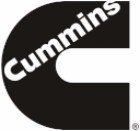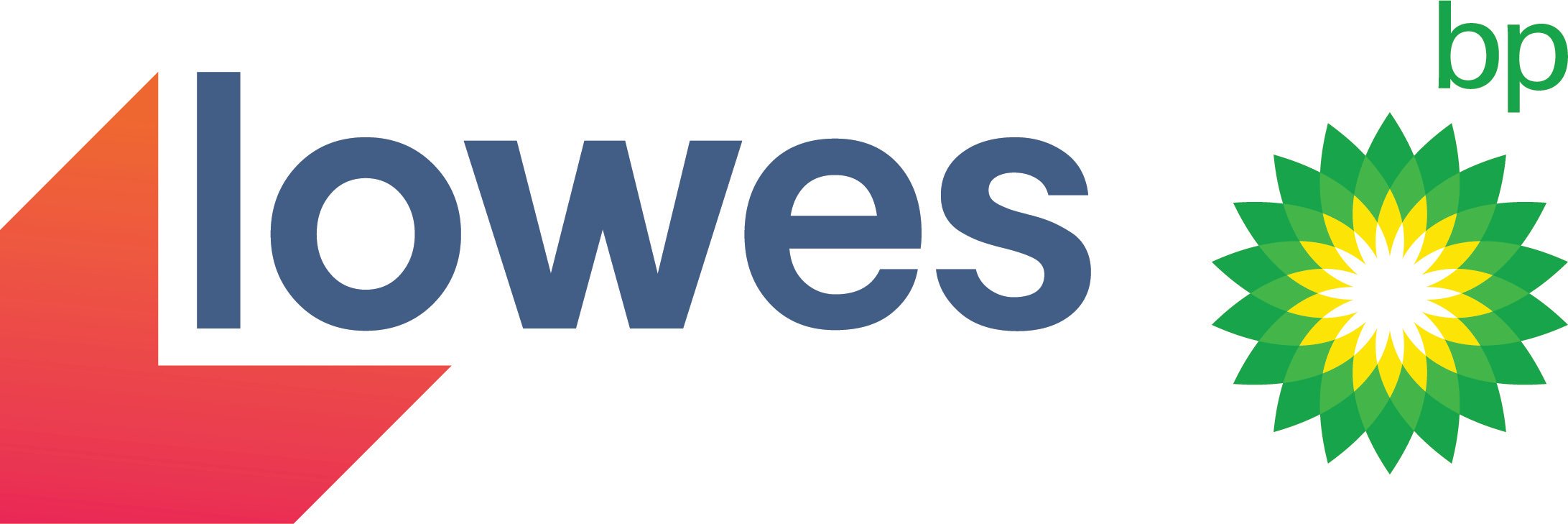Repco - Your trusted partner in the Commercial Industry
ALRTA Weekly Update: Oct 3
The future of trucking, built on tradition
Executive Director Update
Welcome everyone to the weekly news,
Productivity and the path to Net Zero: Freight is doing its part
The Federal Government has now released its Net Zero Roadmap and Action Plan, setting a clear trajectory toward cutting national emissions by 62–70% below 2005 levels by 2035, and to net zero by 2050. For the road freight sector, these targets bring
both challenges and opportunities. The question is not whether transport will play its role - but how.
The government itself has acknowledged that for at least the next decade, two levers will dominate the decarbonisation effort in heavy road freight: incremental uptake of renewable diesel and improved productivity. While renewable fuels will help mediate the transition, productivity gains are where the industry can make the biggest difference today.
Renewable Diesel: A mediating role, not a silver bullet
Renewable diesel (also called hydrotreated vegetable oil, or HVO) is often described as the near-term solution for heavy vehicles. It is compatible with existing engines, infrastructure, and supply chains — making it attractive as a “drop-in” fuel.
But the scale of the challenge quickly becomes apparent when you look at the numbers:
- Australia’s annual road diesel demand is 32 billion litres.
- A 10% substitution target would require 3.2 billion litres per year.
- Domestic production could only approach this level if vast amounts of feedstock were diverted to fuel — for example, the equivalent of Victoria’s entire cropping area of canola, or up to three times the current national supply of lipids such as tallow and used cooking oil.
Competition for these feedstocks is fierce. Europe, North America, and Asia all offer high-value credits and incentives that attract global supply. Australia risks exporting its best raw materials and re-importing finished fuels at a premium. That is why even under the most optimistic scenarios, renewable diesel is unlikely to displace more than 5–10% of the national diesel task by 2035.
This contribution is significant - an 8–9 million tonne reduction in annual CO₂ equivalent, or roughly 10% of transport emissions, but it is not transformative. The message is clear: renewable diesel is part of the solution, but cannot be the whole
solution.
Productivity: The Clear Way Forward
If renewable fuels are capped at modest levels in the near term, productivity becomes the central tool to reduce emissions intensity.
The government’s Roadmap recognises this, highlighting:
- High Productivity Vehicles (HPVs) and Performance-Based Standards (PBS) combinations that carry more freight per litre.
- The National Automated Access Scheme (NAAS) to streamline permits and open networks to modern vehicles.
- Targeted road upgrades that remove pinch points and unlock access.
Each of these measures has one thing in common: they cut fuel use per tonne-kilometre, permanently lowering the emissions intensity of the freight task.
Independent modelling suggests that HPV access and road upgrades alone could cut up to 13 million tonnes of CO₂e over 25 years — a result comparable to the entire renewable diesel contribution expected by 2035.
Two Decades of Leadership in Productivity
What is sometimes overlooked in the current policy debate is just how much the road transport industry has already achieved. Without being compelled by government, operators have steadily improved the productivity, safety, and environmental performance of the fleet.
- 20 years ago, livestock and rural transport relied largely on conventional truck and trailer combinations. The freight task was smaller, but the intensity was higher: more trips, more fuel, more vehicles required to move the same load.
- 15 years ago, the first wave of PBS vehicles began to appear. These innovations proved that smarter design could deliver bigger payloads within safe operating envelopes, reducing the number of trips required for the same freight.
- 10 years ago, High Productivity Vehicles became a growing presence on key corridors. These vehicles, supported by stronger maintenance regimes and better workplace practices, delivered clear gains in fuel efficiency per tonne-kilometre.
The cumulative result is striking: today, fewer trucks move more freight, at significantly lower emissions intensity. Productivity has risen steadily, and the benefits flow in three directions — reduced costs, safer outcomes for drivers and animals, and lower emissions per unit of freight.
These gains were not mandated. They were led by industry initiative and investment, with operators adopting safer and more efficient vehicles, implementing stronger maintenance systems, and setting higher standards across the board.
Rewarding good operators
One lesson is clear: productivity reforms only deliver when operators are willing to invest. Bigger, safer, and more efficient vehicles require significant upfront commitment - in capital, in technology, and in training.
It should not be more expensive to run the safest, most productive equipment. Yet too often, operators who invest in the best practices face higher access costs, complex red tape, and long approval delays.
If government is serious about reducing emissions and improving efficiency, then good operators must be rewarded, not penalised. That means:
- Reduced red tape for accredited fleets.
- Greater access rights for vehicles that meet the highest standards.
- Fair recognition that investing in productivity should not mean higher operating costs.
- Lower road user charges for accredited and quality operators. Make better operations cheaper, not dearer.
This approach creates a fair playing field where those who raise the bar are supported - and the benefits of safer, cleaner, and more efficient operations are spread across the supply chain. You only need to see the amount of good family run businesses exiting the industry over the last few years as testament to the amount of compliance and cost overload in order to operate at the highest level. And while operators are already carrying these costs, adding new taxes or charges before alternatives are commercially viable would only drive more businesses out — without reducing emissions.
The Hidden Barrier: Fragmented Approvals
Another major obstacle to productivity is the fragmentation in government approvals. Depending on the road, operators may need federal, state, or local government approval for access. Under the Heavy Vehicle National Law, local councils act as road
managers for many roads, meaning operators often face multiple layers of assessment and inconsistent outcomes.
The process is frequently slow, duplicative, and unpredictable — forcing operators to spend more time and money navigating bureaucracy than moving freight. This not only discourages investment in productive vehicles, it actively stifles emissions savings.
By contrast, Western Australia’s system offers a partial model. In WA, Main Roads WA oversees Restricted Access Vehicle approvals across both state and local networks, consulting with local road managers but providing a central point of decision-making.
While not perfect, this arrangement reduces duplication and ensures more consistent standards.
For the rest of Australia, the lesson is clear: the National Automated Access Scheme (NAAS) is a welcome step forward, but it will only deliver real change if it is backed by:
- A consistent framework for approvals across all jurisdictions.
- Standardised bridge and pavement assessments.
- Recognition of all high productivity vehicles that meet national safety standards — not just certain classes or industries.
Until then, fragmentation will remain a hidden penalty on productivity.
Freight as Agriculture’s Link to the World
The rural freight industry is not just another sector in the net zero discussion. It is the critical link between Australian farms and global export markets. Grain, livestock, wool, and other commodities only reach their value once they leave the farm gate and are delivered to processors, ports, and export facilities.
Every gain in productivity strengthens that link:
- Lower costs for farmers and exporters.
- Faster and more reliable supply chains.
- Lower emissions per tonne of agricultural product reaching international markets.
In a global economy where consumers increasingly demand both competitive prices and sustainability credentials, freight productivity is not just a transport issue — it is an agricultural competitiveness issue.
Australia’s farmers, who’s economic benefit to this country is about to hit $100 billion per year, can only compete on a world market if their transport links are efficient, affordable, and sustainable. By improving freight productivity, operators are directly supporting the viability of rural industries and the nation’s export performance.
Doing our part with what we have
The freight industry cannot yet rely on electrification or hydrogen, which remain longer-term prospects. Nor can we expect renewable diesel to be widely available at affordable prices before the 2030s.
That means the tools available today - productivity improvements through vehicles, networks, and accreditation — are where we must continue to lead. The industry has already proven that productivity is not just an economic lever, but also an environmental
one.
Every trip avoided by running larger, safer combinations reduces emissions per unit of freight. Every bridge upgraded to unlock HPV access delivers permanent savings.
Every permit reform that reduces empty running compounds efficiency across the network.
This is how the industry is doing its part now: using what is available, leading by example, and showing that practical improvements can deliver tangible results.
Conclusion
The story of rural freight’s contribution to net zero is not one of waiting for the perfect technology, but of acting now with the tools at hand. Productivity is the proven pathway:
It has delivered measurable improvements for two decades, and it will continue to do so.
Renewable diesel and other emerging fuels will have their place, but the backbone of the industry’s emissions reductions in the next 10 years will come from smarter, safer, and more efficient operations. That means the path forward cannot be taxation in disguise — raising costs without transition is not policy, it is simply revenue-raising.
Productivity, not penalties, is the clear way to reduce emissions.
In short: we are already doing our bit — and doing it well. The industry has led, not followed. We are showing that the best way forward is not taxation without transition, but productivity without compromise.
And in doing so, we are not just helping the freight sector — we are helping secure the future of Australian agriculture and its place as our no. 1 long-term sustainable export commodity, all while driving Australia’s journey towards net zero.
Until next week — stay safe.
Anthony
Together, we are stronger.
.jpeg?width=1773&height=2087&name=BPP_Rlbg%20(1).jpeg)
%20(002)%20(1)%20(1).jpg?width=7000&height=1766&name=LMB%20+%20BYRNE%20(1)%20(002)%20(1)%20(1).jpg)


.jpg?width=2480&height=1526&name=NTI_Logo_RGB%20(3).jpg)
%20(1).jpg?width=8000&height=2092&name=PACCAR_Dealers_Logo_Colour%203MB%20(1)%20(1).jpg)
%20(1).png?width=2000&height=583&name=RepcoCommercial%5BPOS%5D%20(2)%20(1).png)

%20(1).jpg?width=2000&height=493&name=TM%20Logo%202000px%20(1)%20(1).jpg)
-1.png?width=3720&height=3784&name=ALRTA_LOGO_%20CMYK-PNG%20(1)-1.png)



